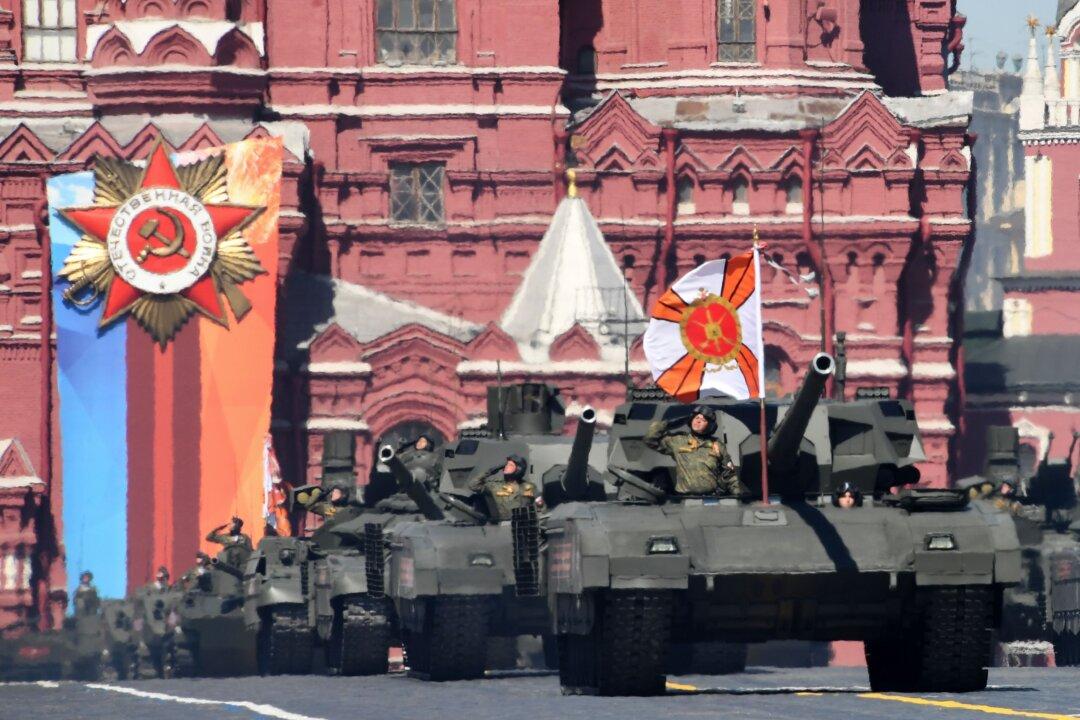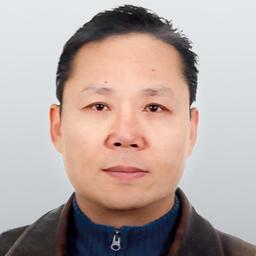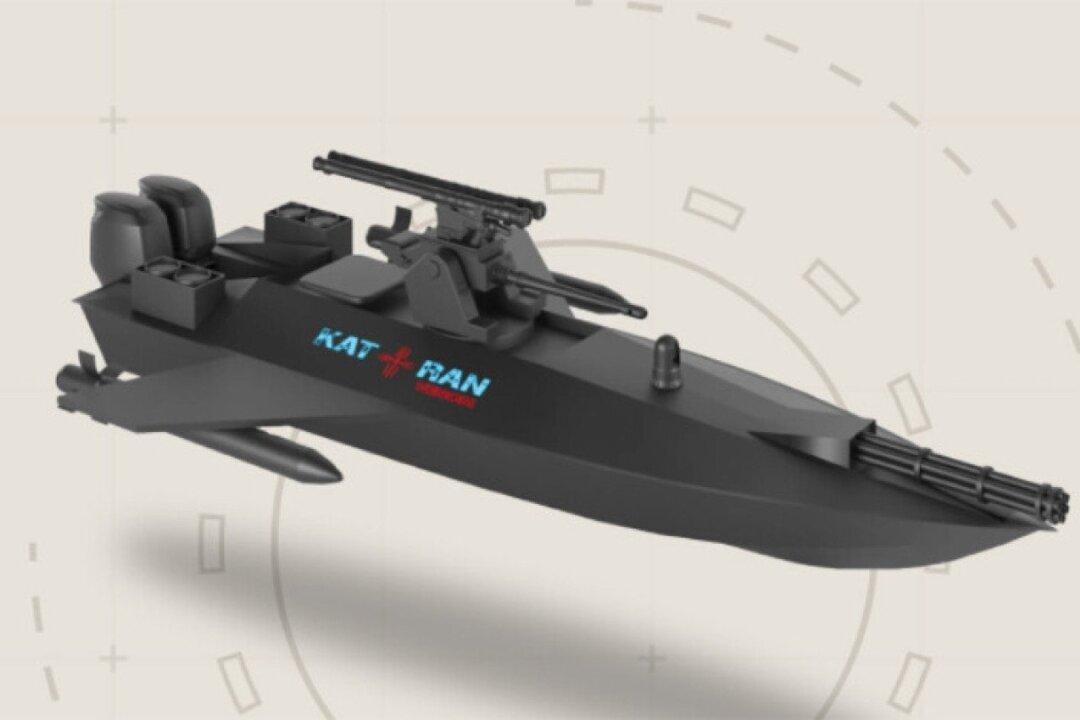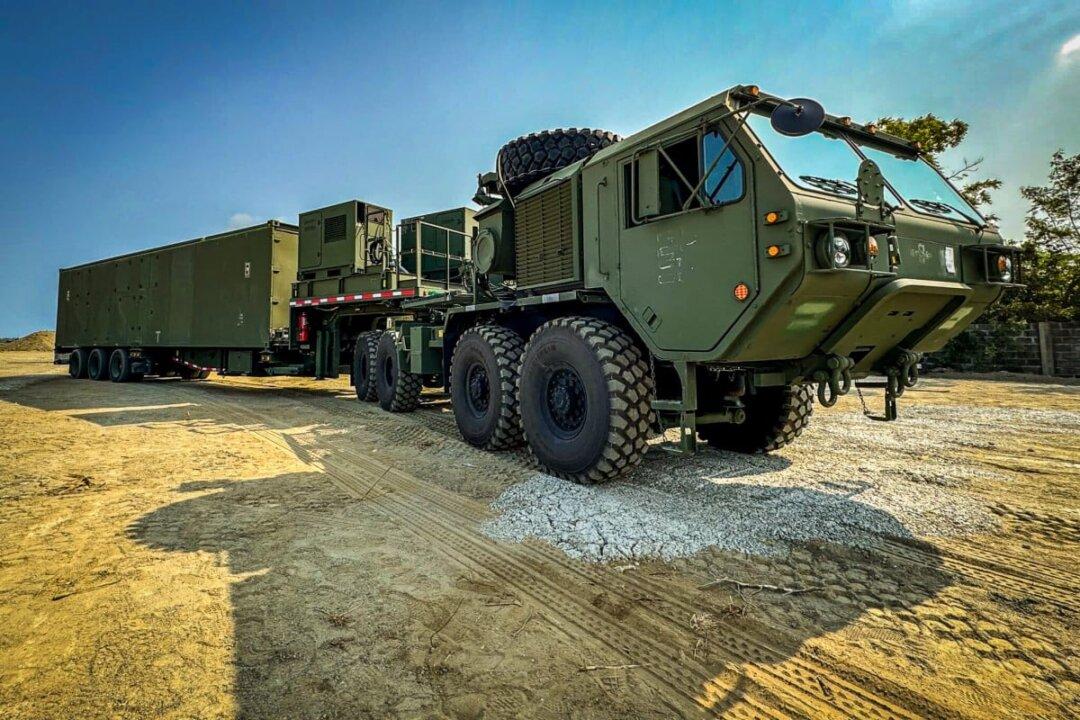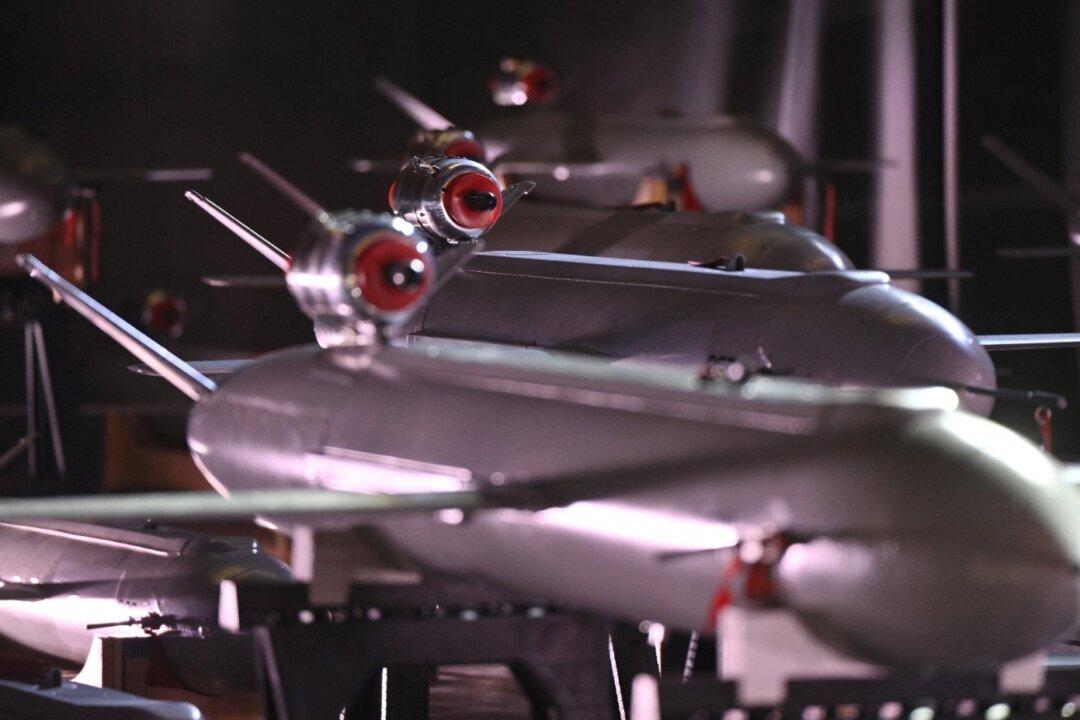News Analysis
Once celebrated as the pinnacle of Russian military innovation, the T-14 Armata tank has failed to live up to its expectations in the Ukraine conflict. Initially lauded as a forward leap in armored warfare technology, the Armata’s absence from the battlefield has sparked skepticism about Russia’s readiness and the practical deployment of its most sophisticated military hardware.
